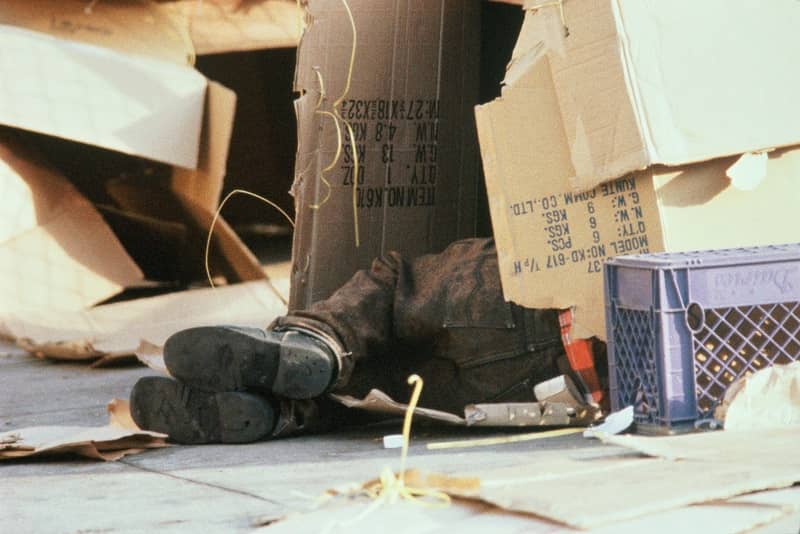

Summary
Metro’s $227.4 million bond measure on the ballot this November (Measure 26-80) would provide financing for the purchase of natural areas throughout the region, along with a limited number of capital improvement projects in local parks and neighborhoods. However, those who feel that the region needs more public access to natural areas, closer to where people actually live, may find the Metro measure to be a poor investment.
Word count: 754
Metro has placed a $227.4 million bond measure on the ballot for the November general election (Measure 26-80). If approved, the measure would provide financing for the purchase of natural areas throughout the region, along with a limited number of capital improvement projects in local parks and neighborhoods. According to Metro, this measure builds on the success of the 1995 open space bond measure, which raised $135.6 million in revenues that were used to buy 8,130 acres of natural areas.
However, there is a dark side to Metro’s open space program that is not well understood. Metro has a regional land use and transportation plan which mandates higher densities inside the Portland urban growth boundary, but the agency deliberately spends most of its acquisition budget on remote parcels outside the boundary, far from existing neighborhoods.
Approximately 90 percent of Metro’s acquisitions made through the 1995 bond measure took place in 14 regional target areas. While these areas occasionally have been referred to by journalists as “parks,” they are natural areas. This means that the public will have limited access to the sites. Section 3.2.1 of Metro’s Regional Plan stipulates that recreational budget allocations are to be primarily for “natural resource dependent recreation and education.” Section 3.5.7 states that for “Urban Reserve” master plans (areas outside the Portland urban growth boundary), “Proposed public parks, open spaces, natural areas, trails, etc. shall be located in a manner which promotes nonvehicular traffic.”
This plan means that few of the taxpayers who helped buy these parcels will ever get to visit them. As The Oregonian noted in a September 1, 2005 story, “…many Metro parks sit unmarked and unusable without more investment.” There is no Metro plan for
such investment.
In August 2006, I attempted to visit the 14 regional natural areas, in part to see how accessible they were to taxpayers. After an extensive search of the Metro website, I was unable to find any user guide that would explain how to find the specific parcels. When I contacted the Metro staff, I was informed that although three of the 14 new natural areas were being upgraded for public access, the 1995 bond measure did not provide funding for this purpose. Moreover, I was also told that some of those sites contain such sensitive habitat that “the development of public access improvements would not be appropriate.”
The 2006 Natural Areas Bond Measure
Measure 26-80 would raise funds for three different purposes: $168.4 million would be used by Metro to purchase between 3,500 and 4,500 acres of land in regional target areas; $44 million would be distributed on a per capita basis to cities, counties and park districts within Metro’s jurisdiction to fund local projects; and $15 million would fund a new Nature in Neighborhoods capital grants program. According to Metro, the natural area and greenway lands acquired by Metro Council will be “land banked with the property interest owned by Metro….Initially, most of these lands will be held with limited maintenance and enhancement beyond initial site stabilization and possible habitat restoration.”
While urbanites certainly value fish and wildlife habitat, they also need swing sets, offleash dog-walk areas, soccer fields and softball diamonds. Those uses will not be accommodated by the proposed Metro bond measure.
There are a number of issues to be considered before more money is spent on this program: First, Oregon is already a public lands state, with more than 54% of the state’s land mass owned by the federal government and millions of additional acres owned by state, county and local governments. How much public land is enough? If we put up $227 million now on top of the $135 million in 1995, will we then be asked to support a $500 million bond measure in 2017?
Second, why is private ownership of natural areas considered such a threat to regional environmental goals? There are dozens of local private organizations that raise substantial funds from donors for natural area preservation. Passage of the bond measure may crowd out these voluntary efforts.
Before they vote, citizens should think carefully about what their personal objectives are with regard to green spaces. Individuals who are content with simply knowing that protected natural areas exist even if they never plan to visit them may be comfortable turning over large amounts of money to Metro for that purpose. However, those who feel that the region needs more public access to natural areas, closer to where people actually live, may find the Metro measure to be a poor investment.
Attention editors and producers:
Cascade Commentaries are provided for reprint in newspapers and other publications, with credit given to author(s) and Cascade. Contact Cascade to arrange print or broadcast interviews on this commentary topic.
Electronic text files are available online at www.cascadepolicy.org.
Please contact:
Nancy Wheaton
Cascade Policy Institute
813 SW Alder Street, Suite 450
Portland, Oregon 97205
Phone: (503) 242-0900
Fax: (503) 242-3822
